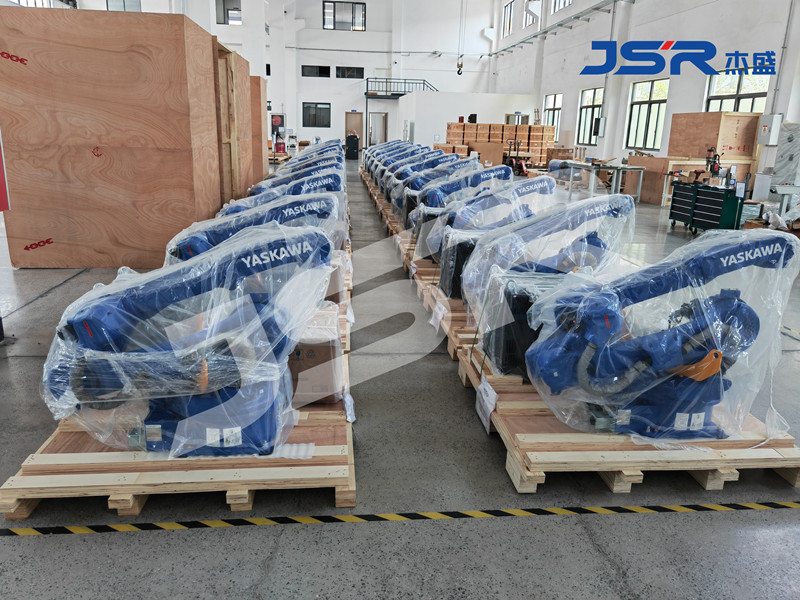Application requirements: Determine the specific tasks and applications the robot will be used for, such as welding, assembly, or material handling. Different applications require different types of robots.
Workload capacity: Determine the maximum payload and working range the robot needs to handle. This will determine the size and carrying capacity of the robot.
Accuracy and repeatability: Select a robot that meets the required precision level to ensure it can meet the job requirements and provide consistent results.
Flexibility and programming capabilities: Consider the robot’s programming flexibility and ease of use to adapt to different production needs and allow for quick configuration and adjustments.
Safety requirements: Evaluate the safety needs in the work environment and choose a robot equipped with appropriate safety features such as sensors and protective devices.
Cost-effectiveness: Consider the cost, return on investment, and maintenance expenses of the robot to ensure the selection is economically feasible and aligns with the budget.
Reliability and support: Choose a reputable robot brand and supplier that offers reliable after-sales support and maintenance services to ensure the system’s smooth operation.
Integration and compatibility: Consider the robot’s integration capabilities and compatibility with other equipment and systems to ensure seamless integration and collaborative work.
By considering these factors holistically, it is possible to select the most suitable industrial robot for specific needs, enabling efficient, precise, and innovative production.
Post time: Jun-25-2023

